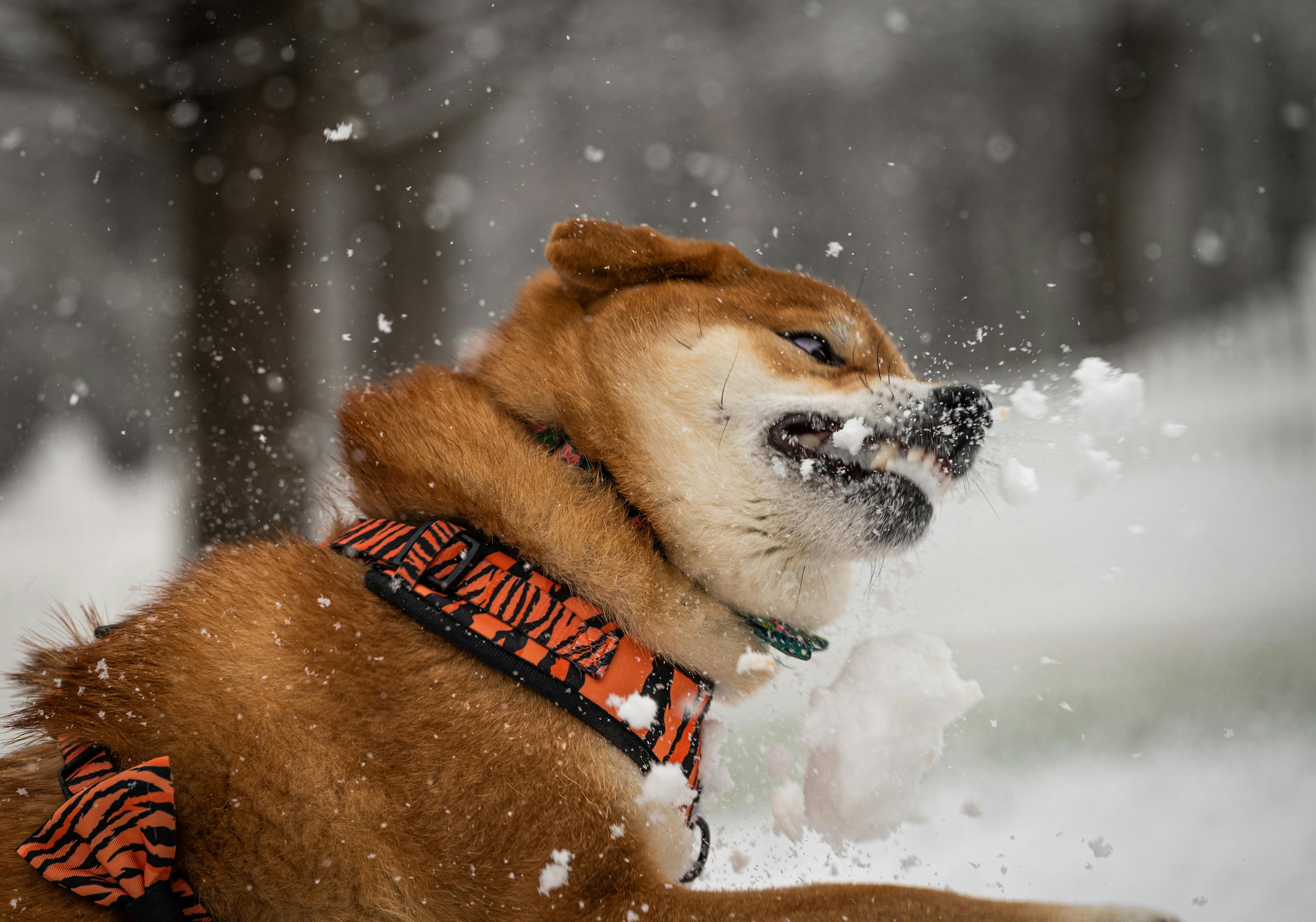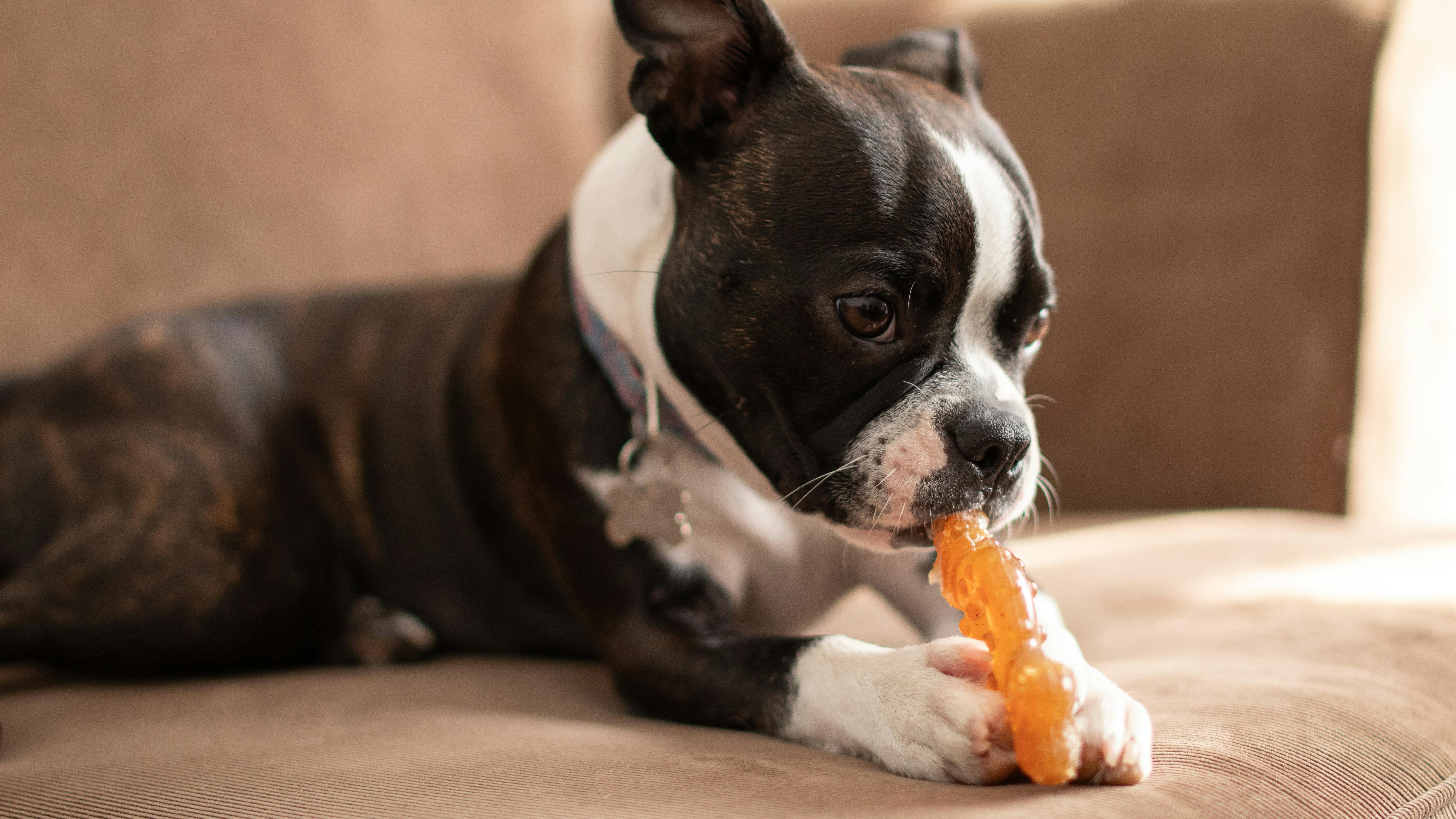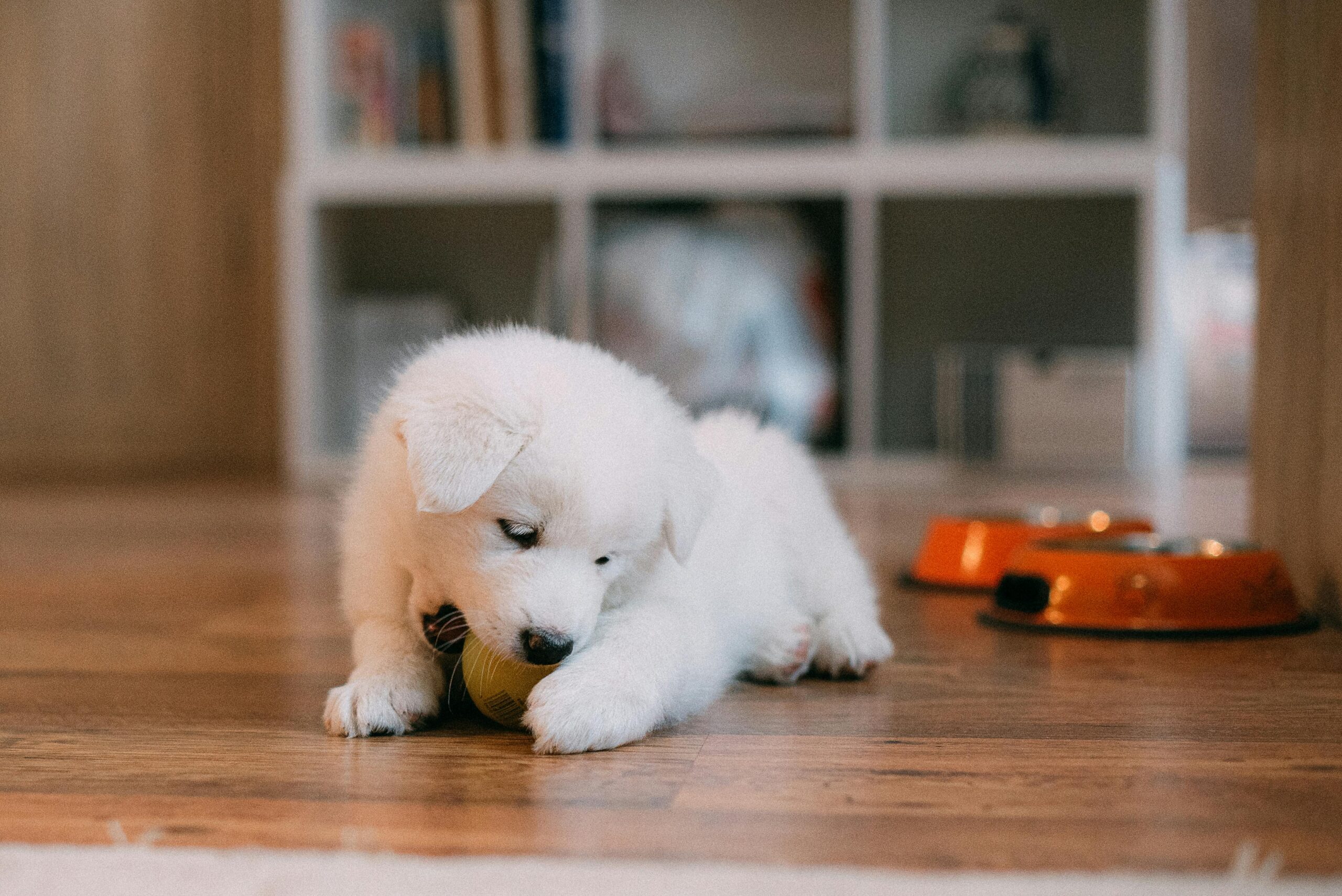Effective Ways to Stop Puppy Biting and Build Trainable Habits in 2025
As a new puppy owner, you may find yourself struggling with the common challenge of puppy biting. Understanding and addressing this behavior is crucial, not only for maintaining a peaceful home but also for fostering a strong bond with your furry companion. In 2025, the importance of employing effective puppy training techniques has never been more essential, especially as we navigate new behavioral insights and training strategies.
Puppies often explore the world through their mouths, and while some nibbling is normal, excessive biting can lead to problematic behaviors. In this article, we will discuss practical puppy biting solutions, emphasize positive reinforcement training, and provide insights into teaching your puppy to stop biting. By implementing these strategies, you’ll be better equipped to nurture your pet’s growth and socialization skills.
Throughout the article, key takeaways will include:
- Understanding puppy behavior and its impact on biting.
- Effective methods to redirect biting.
- How to use chew toys and other alternatives effectively.
- The importance of socialization and playtime.
Understanding Puppy Behavior and its Relation to Biting
To effectively stop puppy biting, it is essential to first understand why puppies bite. Puppies use their mouths to explore their environment, and play biting is a natural part of their development. The connection between their biting behaviors and their growth stages reveals crucial insights on how to redirect their energy and provide proper training. Additionally, addressing puppy behavior problems and understanding the factors contributing to biting, such as teething or anxiety, can lead to successful management and correction techniques.
Recognizing Normal vs. Problematic Biting
Distinguishing between normal puppy behavior and problematic biting is fundamental for puppy owners. Puppies engage in play biting, which mimics natural behaviors seen in their interactions with littermates and mother. However, when these bites become too aggressive or painful, it is crucial to intervene. Consistent reinforcement of boundaries and employing positive puppy training methods will help your puppy understand the appropriate levels of bite force.
Factors Influencing Puppy Biting Behavior
Many factors can influence a puppy’s tendency to bite. These range from their interaction with siblings, the impact of their mother’s training, and the specific environments in which they are raised. A lack of proper puppy socialization classes, for example, can lead to inadequate learning of bite inhibition and proper play. By observing your puppy’s social interactions, you can begin identifying cues that precede biting and address them effectively.
Psychological Responses to Puppy Biting
Puppy biting can also stem from psychological triggers such as stress, fear, or excitement. Understanding the emotional needs of your puppy is essential to developing a positive training environment. Minimizing anxiety through calm behavior techniques and creating a safe pet environment can significantly reduce harmful biting behaviors. Pay attention to your puppy’s stress signals and establish routines that promote stability and comfort.
Proven Techniques to Stop Puppy Biting
After understanding the underlying motivations for biting, it’s time to explore effective puppy training techniques geared toward stopping this behavior. Employing strategies like redirection, positive reinforcement, and understanding proper chew toys can make a significant difference in your puppy’s biting habits. Each technique aims to provide your puppy with acceptable alternatives, solidifying their understanding of boundaries.
Using Positive Reinforcement for Training
Positive reinforcement training is a powerful tool for puppy owners. By rewarding your puppy for avoiding biting, you encourage the development of appropriate behaviors. Using treats or engaging interactions, coupled with firm commands for puppies, can reinforce good behavior in a way that feels rewarding for both you and your pet. Create a training routine that integrates praise and small rewards whenever your puppy refrains from biting during play.
Redirecting Biting Behavior
Redirecting puppy biting is crucial for managing their urge to chew. When you see your puppy gearing up to bite, offer them an appropriate chew toy. Chew toys for puppies serve the dual purpose of providing a satisfying texture for them while also protecting your skin and furniture. Make sure to have a variety of toys available, allowing your puppy to choose what helps them satisfy their chewing instinct while keeping their teeth healthy.
Establishing Boundaries with Firm Commands
Establishing clear boundaries and using firm commands will help your puppy learn the difference between acceptable and unacceptable behavior. Use consistent commands like “no” or “ouch” when your puppy bites too hard, followed by redirecting their attention to an appropriate toy. It’s essential to be calm yet assertive, re-emphasizing that biting is not permissible. This method helps your puppy associate biting with negative feedback, gradually leading to reduced biting incidents.
Socialization and Playtime Tips for Puppies
Socializing puppies is an indispensable part of their training, helping them navigate interactions with other dogs and people. Engaging in regular puppy playtime and exposing them to various environments and situations will accelerate their learning and improve their behavior over time. Inappropriate puppy interactions during socialization can lead to ongoing biting issues and reinforce negative behavior.
Puppy Socialization Classes and Their Benefits
Puppy socialization classes are excellent for encouraging appropriate social interactions and addressing behavior problems. As your puppy engages with peers in controlled environments, they learn impulse control, proper play etiquette, and bite inhibition. Instructors will often guide exercises that promote positive behavior reinforcement while allowing for dynamic puppy interactions. Investing in this type of early training will pay dividends in the long run.
Implementing Play Etiquette During Interactions
Teaching playtime etiquette is vital for reducing cases of puppy biting. Foster safe pet environments by demonstrating to your puppy how to interact gently with human and canine companions. Be sure to monitor their play sessions, stepping in if something gets too rough. Use positive communication signals to illustrate favorable interactions, reinforcing the bonds formed during these experiences.
Offering Alternative Play Activities
Incorporating alternative play activities into training sessions can reduce the temptation to bite. Engage your puppy in exercises like fetch or hide-and-seek that redirect their focus from nipping to constructive play. Continue to rotate activities regularly to keep them engaged and avoid boredom, which can lead to increased biting incidents. Observe how your puppy responds to different games and adjust your activities accordingly for optimal success.
Training and Consistency: Keys to Success
Success in training a puppy not to bite relies heavily on consistency. Establishing a structured routine will help your puppy understand expectations and respond appropriately. Consistently reinforcing positive behavior while correcting negative behavior lays the foundation for a well-behaved pet. Furthermore, making time for training exercises each day will significantly contribute to your puppy’s development, as regular practice will yield better results.
Training Exercises that Enhance Obedience
Certain training exercises are specifically designed to enhance obedience and reduce biting tendencies. Consistency in commands such as “sit,” “stay,” and “leave it” is crucial. By associating specific commands with desired actions, you empower your puppy to understand their role in your home. Instilling proper puppy obedience commands will fortify a sense of trust and reinforce good behavior, helping to diminish unwanted biting behaviors.
Managing Frequency of Puppy Bites
Addressing the frequency of puppy bites can be achieved through regular training and observation of your puppy’s energy levels. Puppies naturally go through biting phases, but they become manageable through appropriate redirection and training distractions. Keep mental and physical stimulation high to encourage calm behavior, which in return can lead to a decrease in impulsive biting and nipping. Using puppy rewards and behavioral cues can help reinforce desirable behaviors.
Monitoring and Correcting Adverse Behavior
As you oversee your puppy’s progress, keep an eye out for any negative behavior that persists. Engage in behavioral analysis to determine underlying triggers leading to biting. For example, if your puppy bites during play, it may signal excitement or frustration. Correct such behavior immediately through calm, assertive intervention, always prioritizing positive reinforcement strategies. Success lies in recognizing behavior patterns and adjusting your approach accordingly.
Puppy Training Q&A: Common Concerns
What are some effective strategies to discourage puppy biting?
Employ methods like positive reinforcement training and redirection with appropriate chew toys. It’s crucial to establish a calm environment, consistently commanding your puppy to stop biting while rewarding good behavior. Integrate socialization opportunities and alternative activities to also lessen biting behavior.
How can I train my puppy to understand biting during play is unacceptable?
Use firm commands combined with training exercises that reinforce boundaries. Acknowledge hard bites with a sharp “ouch,” followed by redirection to a toy. Regularly practice obedience commands to offer structured interactions that teach control, helping your puppy learn bite inhibition.
What role does socialization play in stopping puppy biting?
Socialization is vital for helping puppies learn how to interact respectfully with other dogs and humans. Early social experiences provide valuable insights into appropriate play behavior, leading to reduced instances of biting over time.
What can I do to reduce anxiety-driven biting?
Recognizing stress signals in your puppy and maintaining a calm demeanor during training can significantly reduce anxiety-driven biting. Consistent routines and an understanding environment can be effective methods for managing and preventing harmful biting behaviors.
How often should I train my puppy to see results?
Engaging in short training sessions of 5-10 minutes multiple times a day can effectively yield results. Consistency and frequent practice will reinforce learning, helping your puppy develop a sense of acceptable behavior that will last into adulthood.
Conclusion: Building a Positive Training Environment
In conclusion, addressing puppy biting requires understanding, patience, and consistent training tailored to the individual needs of your puppy. By employing effective strategies such as positive reinforcement, redirection, and appropriate socialization, you can foster a nurturing atmosphere that promotes healthy puppy development. For more information on puppy training tips and enhancing your relationship with your pet, visit this helpful resource or explore further at this informative page.


